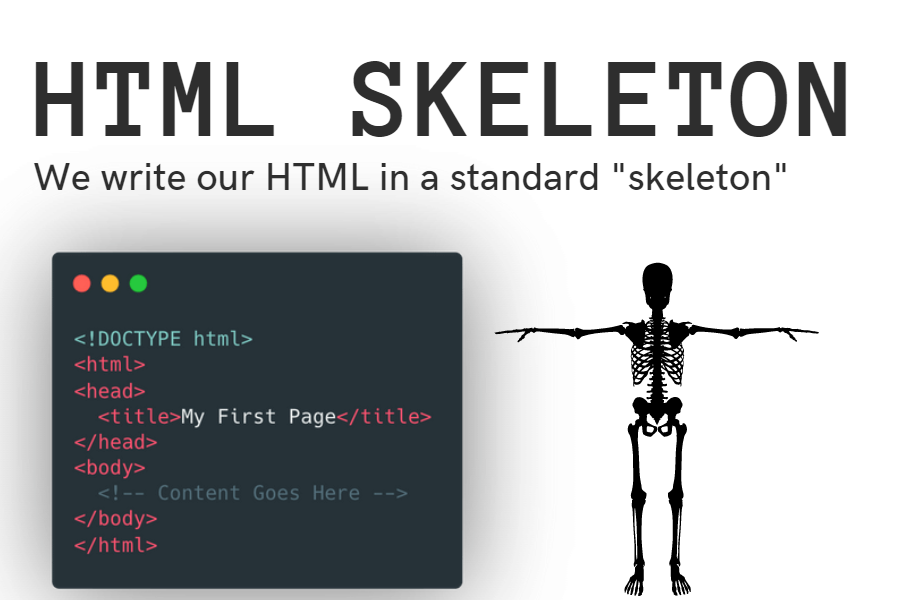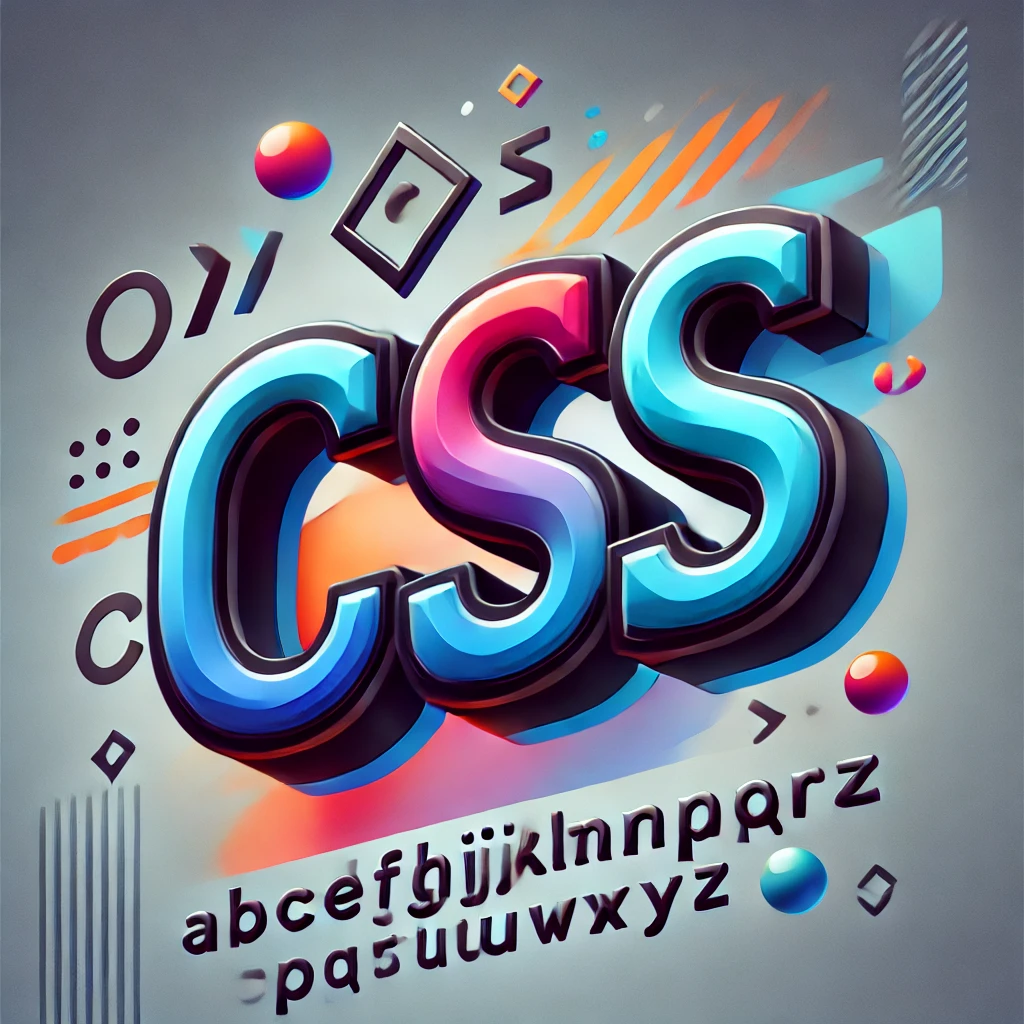What is JavaScript?: JavaScript is a cornerstone of modern web development, alongside HTML and CSS. It enables developers to create dynamic and interactive websites, making the web more engaging and functional. In this tutorial, we will cover the basics of JavaScript, its syntax, and practical applications, along with tools and resources to enhance your learning experience. By the end, you’ll understand why JavaScript is vital for any aspiring web developer.

Table of Contents
- What is JavaScript?
- How JavaScript Works
- JavaScript Syntax
- JavaScript Data Types
- JavaScript Functions and Scope
- JavaScript and the DOM
- Advanced JavaScript Concepts
- Tools and Resources for Learning JavaScript
- Frequently Asked Questions (FAQs)
- Conclusion
1. What is JavaScript?
JavaScript is a high-level, interpreted programming language that adds interactivity and functionality to web pages. It’s used for tasks like form validation, dynamic content updates, animations, and more. Unlike HTML and CSS, which focus on structure and style, JavaScript brings websites to life by enabling user interaction and logic-based behaviors.
JavaScript is supported by all major web browsers, making it a universal language for client-side development. For more insights on how CSS works with JavaScript to style websites, visit our CSS guide.
2. How JavaScript Works
JavaScript works by running within the browser’s JavaScript engine, which interprets and executes the code. It interacts with:
- HTML for defining structure.
- CSS for styling.
- JavaScript for interactivity.
When a browser loads a web page, it processes HTML and CSS to render content. JavaScript runs alongside to manipulate the DOM (Document Object Model), enabling dynamic updates and interactions without reloading the page. This trio forms the backbone of web development.
3. JavaScript Syntax
JavaScript’s syntax is straightforward, making it beginner-friendly while still offering advanced features for experienced developers. Let’s explore the basic components:
Variables
Variables store data values. Modern JavaScript uses let and const for declaring variables.
let age = 25;
const name = "John";Statements and Expressions
JavaScript code is made up of statements that perform actions, like displaying a message:
console.log("Hello, World!");Operators
Operators perform operations on variables and values.
- Arithmetic:
+,-,*,/ - Comparison:
==,===,!=,!== - Logical:
&&,||,!
Conditional Statements
Conditional statements control the flow of execution.
if (age > 18) {
console.log("Adult");
} else {
console.log("Minor");
}4. JavaScript Data Types
JavaScript supports two categories of data types:
Primitive Types
- String: Represents text. Example:
"Hello" - Number: Represents numeric values. Example:
42 - Boolean: Represents true or false. Example:
true - Null: Represents an empty value. Example:
null - Undefined: Indicates a variable without a value. Example:
undefined - Symbol: Represents unique identifiers. Example:
Symbol("id") - BigInt: Represents large integers. Example:
9007199254740991n
Reference Types
- Object: A collection of key-value pairs. Example:
{ name: "Alice", age: 30 } - Array: An ordered list of values. Example:
[1, 2, 3] - Function: A reusable block of code. Example:
function greet() {}
5. JavaScript Functions and Scope
Functions are the building blocks of JavaScript programs. They allow you to encapsulate logic and reuse it.
Declaring a Function
function greet(name) {
return `Hello, ${name}!`;
}
console.log(greet("Alice"));Scope
JavaScript variables have a scope, which determines where they can be accessed.
- Global Scope: Variables declared outside any function.
- Local Scope: Variables declared inside a function.
- Block Scope: Variables declared with
letorconstinside a block.
6. JavaScript and the DOM
The Document Object Model (DOM) represents a web page as a tree structure. JavaScript can manipulate the DOM to dynamically update content and respond to user actions.
Example: Updating Content
const button = document.getElementById("myButton");
button.addEventListener("click", function() {
document.getElementById("myText").innerText = "Button clicked!";
});Using JavaScript, you can:
- Change HTML content.
- Modify CSS styles.
- Add or remove HTML elements dynamically.
7. Advanced JavaScript Concepts
Modern JavaScript includes powerful features for building complex applications:
ES6+ Features
- Arrow Functions: Shorter syntax for functions. Example:
const add = (a, b) => a + b; - Destructuring: Extract values from arrays or objects. Example:
const {name, age} = user; - Promises: Handle asynchronous tasks. Example:
fetch(url).then(response => response.json());
Asynchronous Programming
Asynchronous tasks are essential for handling long-running operations without blocking the main thread.
- Callbacks: Functions passed as arguments to other functions.
- Promises: Handle success or failure of asynchronous tasks.
- Async/Await: Simplify promise handling.
Example:
async function fetchData() {
const response = await fetch("https://api.example.com/data");
const data = await response.json();
console.log(data);
}JavaScript Modules
Modules allow developers to break code into reusable files. Use export to share and import to use.
Example: module.js
export const greet = name => `Hello, ${name}!`;main.js
import { greet } from "./module.js";
console.log(greet("Alice"));8. Tools and Resources for Learning JavaScript
Learning JavaScript is a journey, and many resources can help:
- MDN Web Docs – JavaScript
- JavaScript.info
- W3Schools – JavaScript
- FreeCodeCamp
- Can I Use – Check browser compatibility.
9. Frequently Asked Questions (FAQs)
Q1: What is the difference between var, let, and const?
var: Function-scoped and allows redeclaration.let: Block-scoped and doesn’t allow redeclaration.const: Block-scoped and immutable (cannot be reassigned).
Q2: How can I debug JavaScript code?
Use browser developer tools to:
- Inspect variables.
- Add breakpoints.
- View errors in the console.
Q3: What are JavaScript libraries and frameworks?
Libraries like jQuery and frameworks like React simplify development by providing pre-built functions and components.
10. Conclusion
JavaScript is the heart of modern web development, enabling dynamic, interactive, and responsive websites. Whether you’re building simple animations or complex applications, JavaScript’s versatility and power make it an essential skill. Pair it with CSS for stunning designs and seamless user experiences.
Keep learning, experimenting, and leveraging the resources mentioned to master JavaScript. The possibilities are endless when you’re fluent in the language of the web!


